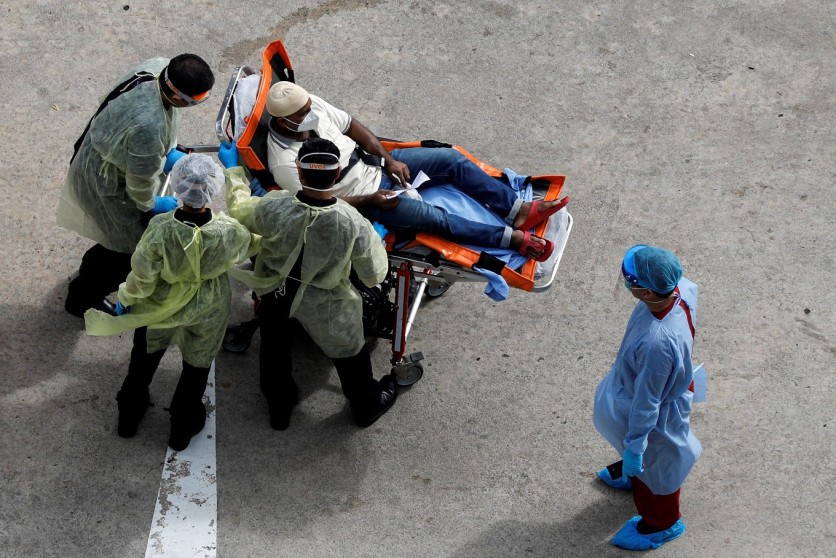By now, everyone might be asking when will the coronavirus pandemic end. Unfortunately, no one knows the answer, but data scientists tried to answer the million-dollar question by using a mathematical model known as SIR (susceptible, infected, recovered), which has been used to calculate the spread and recovery of various diseases.

When will the Coronavirus Pandemic End?
The A.I. model was then fed with data: the total confirmed COVID-19 cases, deaths that have been recorded, as well as tests conducted.
The researchers acquired data from the dataset that was assembled by Our World in Data regarding the coronavirus pandemic. They are a research organization that helps investigate the world's biggest problems.
Additionally, they acquired data from confirmed cases reported by the European Center for Disease Prevention and Control, as well as published official reports of conducted tests.
From that, the model predicted that the global health crisis we're facing right now would end in December of this year.
However, the prediction varied immensely among the nations, such as Australia likely seeing the light at the end of the tunnel by June, while Italy, which is among the epicenters of the coronavirus outbreak, might gain normality by October.
A Warning from the Researchers
According to a report by The Next Web, the prediction was made by a group of researchers from the Singapore University of Technology and Designs (SUTD).
They warned health experts and the public that the data and the model could not accurately capture the complexity and dynamic nature of COVID-19; thus, it's not a hundred percent accurate--the pandemic could extend longer or might end soon.
Nevertheless, the researchers believe that the predictions could help experts and leaders make and support proactive plans, such as relaxing lockdowns too early or starting them late.
The group emphasized that their prediction should be met and treated with caution as over-optimism could extend the pandemic.
Policies and decisions by national leaders have effects, and that is something the model couldn't predict.
For example, Singapore's decision to extend the lockdown could help flatten the curve before the predicted time, while relaxing the lockdown could extend it as people will start pouring out of the streets and getting infected and infecting others, causing another COVID-19 wave.
In addition, the group warned that the accuracy of the A.I. model depends on the quality of the data, which could be reported differently around the world.
Countries in their early stage of the coronavirus pandemic might also find the prediction less helpful as their data is still small to draw any significant results.
"In such cases, the estimations are more about explaining the history and less about predicting the future," SUDT Professor Jianxi Lao wrote in the paper regarding the method.
Predicting Next Waves
Besides the end of the pandemic, another A.I. model created by Dataminr analyzed social media posts about COVID-19 and predicted the next cities in the United Kingdom that will experience another wave, including Oxfordshire, Manchester, Luton, Liverpool, Northamptonshire, and Leeds.
The system was able to predict outbreaks in London correctly, Kent, Essex, and Hertfordshire seven to 13 days before they experienced a spike in coronavirus cases, showing that A.I. models and data could prove to be accurate.
![Apple Watch Series 10 [GPS 42mm]](https://d.techtimes.com/en/full/453899/apple-watch-series-10-gps-42mm.jpg?w=184&h=103&f=9fb3c2ea2db928c663d1d2eadbcb3e52)



